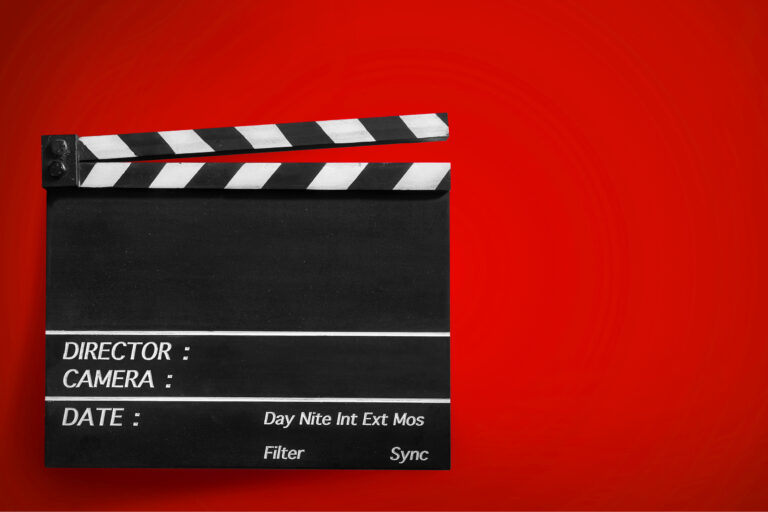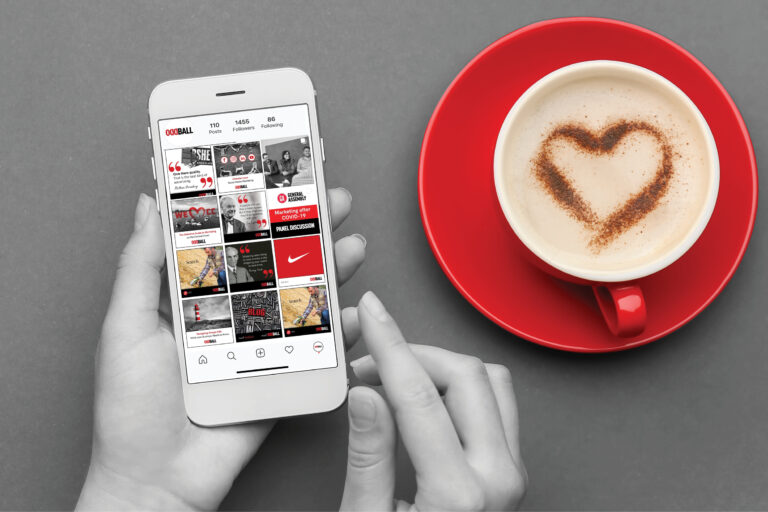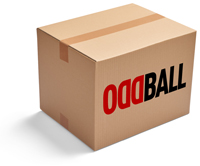The customer is king in today’s age. As a consumer, you have access to a vast amount of information, making your purchase decisions easier, and enabling you to be more confident when parting ways with your money.
In the past, a customer doing research on a product or service would uncover limited information, forcing them to take a risk on a provider.
Sometimes it paid off. Sometimes it didn’t.
The internet has been the great equaliser for consumers. Never before have we been able to amass so much information.
When researching a product or service, you can greatly improve decision making by analysing:
- Different competitors
- Customer reviews
- DIY options
- Indirect substitutes
With this change in purchasing behaviour, businesses need to adapt in order to stay top of mind, to better ensure they are considered when a customer chooses to proceed with the product or service.
Staying top of mind can involve many strategies, one of which is lead nurturing.
What is Lead Nurturing?
Lead nurturing is the process of building relationships with potential customers who have indicated interest in your product or service.
The main aim of lead nurturing is to move potential customers further along the purchase cycle, until they are ready to make a purchase.
To understand how you can utilise lead nurturing, you first need to understand the buyer’s journey.
Buyer Journey Explained
The buyer’s journey is the stages that a customer goes through when purchasing a product or service.
There are three main stages in the buyer’s journey:
Stage 1: Awareness
The first stage is awareness, where the customer becomes aware of their problem or need. They may not know how to solve it, but they are aware that there is a problem.
Stage 2: Consideration
In the consideration stage, the customer starts to research how to solve their problem. They may look at different solutions, and compare prices and features.
Stage 3: Purchase
In the purchase stage, the customer decides on a solution and makes a purchase.
Understanding Your Customer’s Buying Journey
Before we discuss how lead nurturing fits into this, you first need to ask yourself what does this journey look like for your product or service.
Short Buyer’s Journey
Some businesses have very short buyer journeys. Food and restaurant businesses are a great example of an extremely short purchase journey. An average progression could be as quick as a minute.
A person is hungry at work. There’s a food court downstairs that has McDonalds and Dominos. They feel like pizza, so they order Dominos. Not everyone is as decisive as this, but it paints a great example of how quick decisions can be made.
Long Buyer’s Journey
In the case of a long buyer’s journey, it’s important to understand what drives someone from stage 2 to stage 3; and how long that process takes.
Consider a landscaping business. A customer goes on their website, and requests a quote. The business owner goes out to their property, discusses what they’re looking for, and provides insight about costs and how long it will take.
Is this customer ready to move from stage 2 to stage 3 yet? Maybe. Maybe not.
Maybe they’re getting quotes from 10 other companies.
For this company, getting leads isn’t a problem, but converting their deals into sales is.
With this example, a nurture journey will likely start after the customer has enquired. They’re looking to nurture a deal.
But what about a business with a really long purchase journey, such as a homebuilder or a buyer’s agent?
For a home builder, clients may take a year before signing a contract. For a buying agent, the customer purchase journey is usually even longer. They may even be struggling to get leads in the first place.
People may not even know what a buyer’s agent is or what their primary function achieves.
In this example, their battle lies in progressing individuals from stage 1 to stage 2.
Again, customer nurturing can help. This time in the form of nurturing a lead.
Lead vs Deal
It’s at this stage we should discern what a lead is, and what a deal is.
A lead is someone who has shown interest in your product or service, but is not ready to purchase.
A deal is a lead that is close to completing their purchase.
As an example, someone standing outside a clothes store window shopping would be a lead, whereas someone inside the store trying on clothes would be considered a deal.
Once you figure out what type of customer you need to nurture, then you can get started with a proper strategy.
Lead Nurturing Strategies
Nurturing leads is a bit of a complicated dance. There’s no guarantee these people will become paying customers, but setting up a strong lead nurturing sequence will bolster your chances of turning a lead into a deal.
Customers at the lead stage are interested, but for whatever reason aren’t ready to progress their interest into intent. So your nurturing needs to help them along this journey.
How do you do this? It’s different for every business, but the best way is by providing value.
Free Resources
Providing helpful tips or resources at no cost is a great strategy for nurturing. You get to showcase your expertise, and the customer gets some valuable information for free.
Well… sort of.
You want to put this behind some sort of form to enable you to build an audience. So it doesn’t cost them money, but they do have to provide their details (name and email). This leads us into the second lead nurturing strategy.
Email Marketing
With this contact information, it’s now time to ramp up the nurturing.
Email marketing is an incredibly powerful marketing tool, but only when used correctly. If you send random emails you’re going to get left on unread. Think about how many ‘spam’ emails your own inbox fills up with. Which ones grab our attention? The ones that are actually relevant to you of course!
You need to build out a sequence. You’ve provided them with free information, so you now need to ask yourself “What do I think they’ll want to see next?”.
The answer is just about always more information.
Build out a timeline, and figure out how often you should be dropping this info.
Again, take into consideration how long your purchase journey is.
If it only takes a few days for people to make a purchase, you can’t wait weeks before sending these emails, because the lead will be cold.
And if the buyer journey takes months, there’s no need to be sending an email every day.
Once you’ve figured out your timeline, build out more resources – and don’t be afraid to change it up, too. Videos, helpful guides, cheat sheets, spreadsheets with elaborate formulas…whatever you can think of really. Build it out!
Lead Nurturing Automation
If you’ve got your head around email marketing, the system you’re using will likely have a great automation tool to help you take out the manual work involved in lead nurturing.
With your free resources and timeline mapped out, it’s time to start building the automation system.
With this system, someone who fills in their details on your site will slot into your automation, and you won’t have to lift a finger.
The timeline for when emails are sent, and which emails are sent when, can all be handled by the automation.
Events
Whether in person or online, events are a great way to attract leads into your buyer funnel. It has the added benefit of often including special offers, trials, or information these customers wouldn’t traditionally have access to, further prompting users to tag along.
Webinars, festivals, expos, and even sale events like Black Friday are great options for using events to attract and nurture leads.
Retargeting
Retargeting is a great lead nurturing strategy to keep your brand fresh in the minds of your consumers. It involves showing ads to users that have previously visited your site. Google ads and Facebook ads are both capable of doing this for you. By targeting users that have previously visited your website, you can prompt them to return. This lets you get another bite of the cherry.
Deal Nurturing Strategies
Customer nurturing at this stage is a bit more prompt, and essentially involves politely reminding the customer to part with their cash.
Phone call
A good ol’ fashioned phone call is a great example of nurturing your leads. It provides great closure rates, and if you ask the right questions you can uncover some valuable pieces of info that you can use to your advantage. For example, maybe they name drop some competitors they’re comparing you against.
Leave-Behinds (Brochures, Documents, Samples)
Leave-behinds can be provided at a lead stage, but for most businesses they’ll be a useful deal nurturing strategy.
After meetings, leaving the customer with some additional information and resources for them to look through at a later time is a great option, and further solidifies your status as a helpful provider.
Promotions & Offers
Nurturing a deal with promotions and offers is a great way to try and shift the needle and close the deal. First month free, discounts, and additional add-ons are all great examples.
This strategy is also a great idea for reaching out to previous customers. They are already familiar with your product, so just offering a great new deal will probably be all it takes to turn them into a repeat customer..
Cart Abandons
For ecommerce sites, customers that add a product to their cart but don’t complete the purchase are usually high value individuals that should be nurtured. This is where retargeting ads or email marketing come in.
If you want to improve your nurture sequence even more, prompt these users with a unique offer (like a discount) to further encourage them to return and complete their purchase.
Wrapping Up Our Customer Nurture Guide
You should now have a much better understanding of what lead nurturing is, how it works, and how you can start using it to transition customers from lead – deal – sale.
If you’re interested in setting up this strategy, get in touch with us via our contact form to discuss your needs.
If you’re not ready for that but would like to become a lead that we’ll nurture, sign up for our mailing list to receive free resources, tips, and updates monthly.






